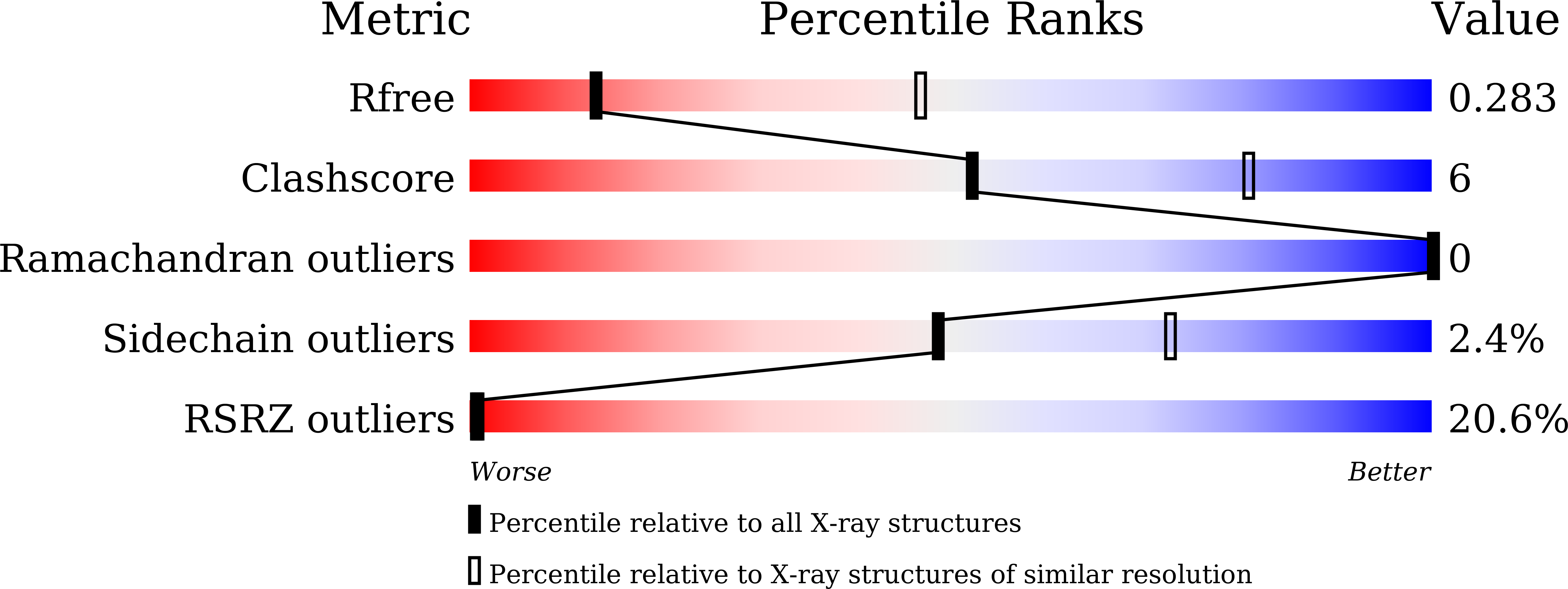
Deposition Date
2020-08-03
Release Date
2020-11-25
Last Version Date
2023-11-29
Entry Detail
PDB ID:
7CO1
Keywords:
Title:
Crystal structure of SMAD2 in complex with wild-type CBP
Biological Source:
Source Organism:
Homo sapiens (Taxon ID: 9606)
Host Organism:
Method Details:
Experimental Method:
Resolution:
3.30 Å
R-Value Free:
0.28
R-Value Work:
0.25
R-Value Observed:
0.25
Space Group:
P 21 21 21


